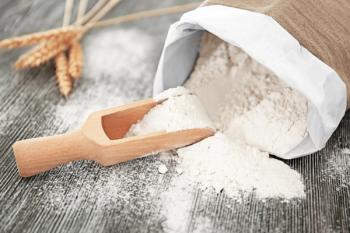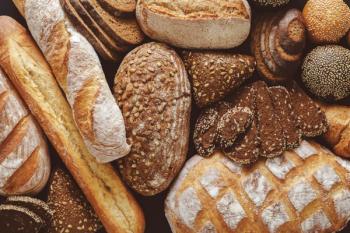
The 2020 SAS Atomic Section Student Awards
The Society for Applied Spectroscopy (SAS) Atomic Section is proud to honor four deserving students with the 2020 SAS Atomic Section Student Awards. These awards provide the winning students with the opportunity to present their work at the conference and normally include travel funding to attend the conference. This year, the winners will present during an on-demand access session as part of the SciX 2020 virtual conference. The awards also include a two-year membership to the society. The four winners are listed below.
Asaf Harel, who is a student at Rensselaer Polytechnic Institute under Prof. Jacob Shelley, will present his work on “solution-cathode glow discharge ionization sources for mass spectrometry.”
Anika Retzmann of the University of Natural Resources and Life Sciences Vienna (BOKU), who is studying under Prof. Thomas Prohaska, will present her work on “LA and MC-ICP-MS for isotope analysis of bone for biomedical applications.”
Marcel Macke, a student at the University of Münster, under adviser Prof. Uwe Karst, will present his work on “LC–ICP-MS for Gd speciation in surface and drinking waters.”
Kelsey Williams of the University at Buffalo, The State University of New York, whose adviser is Prof. Steven Ray, will present her work on “Exploration of microelectrochemical devices as temporal gating devices for LIBS and LAMIS.”
More information about the awards can be found on the SciX conference
Newsletter
Get essential updates on the latest spectroscopy technologies, regulatory standards, and best practices—subscribe today to Spectroscopy.





